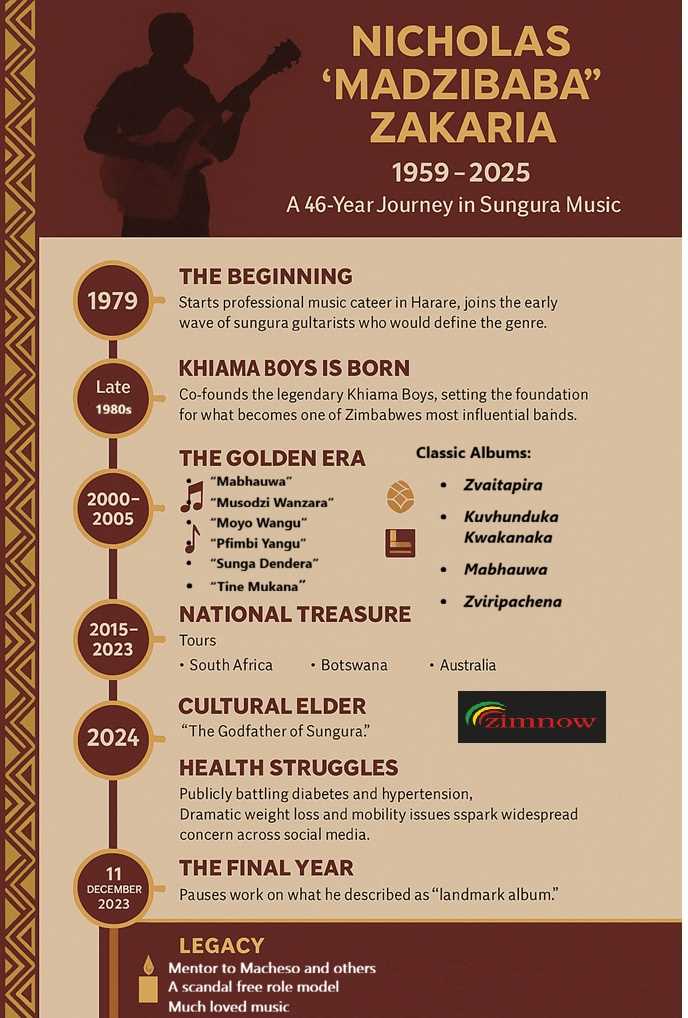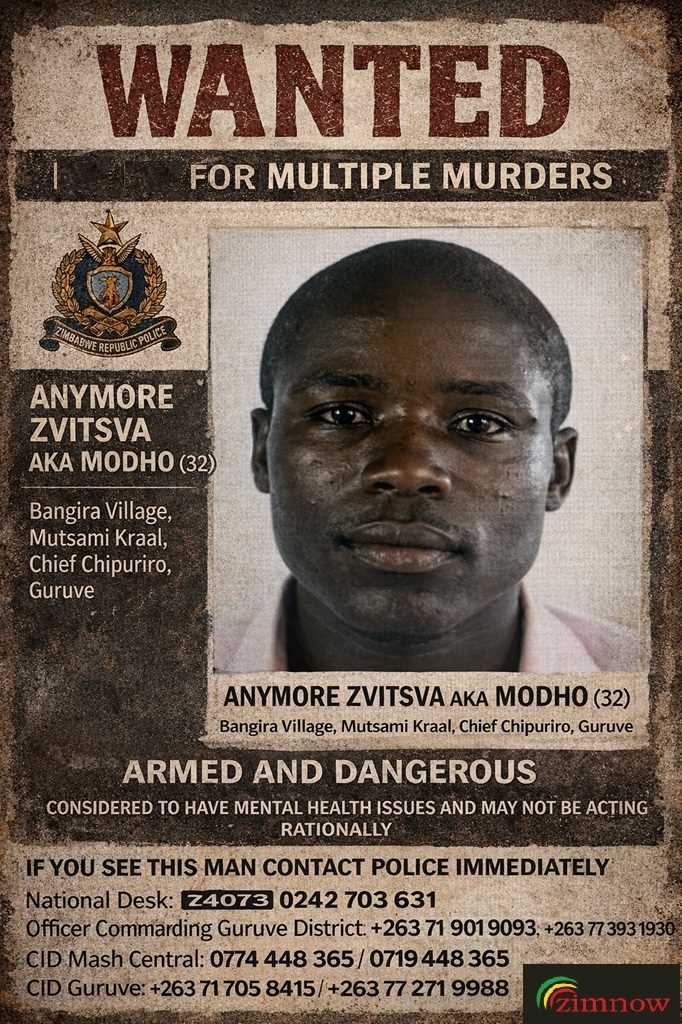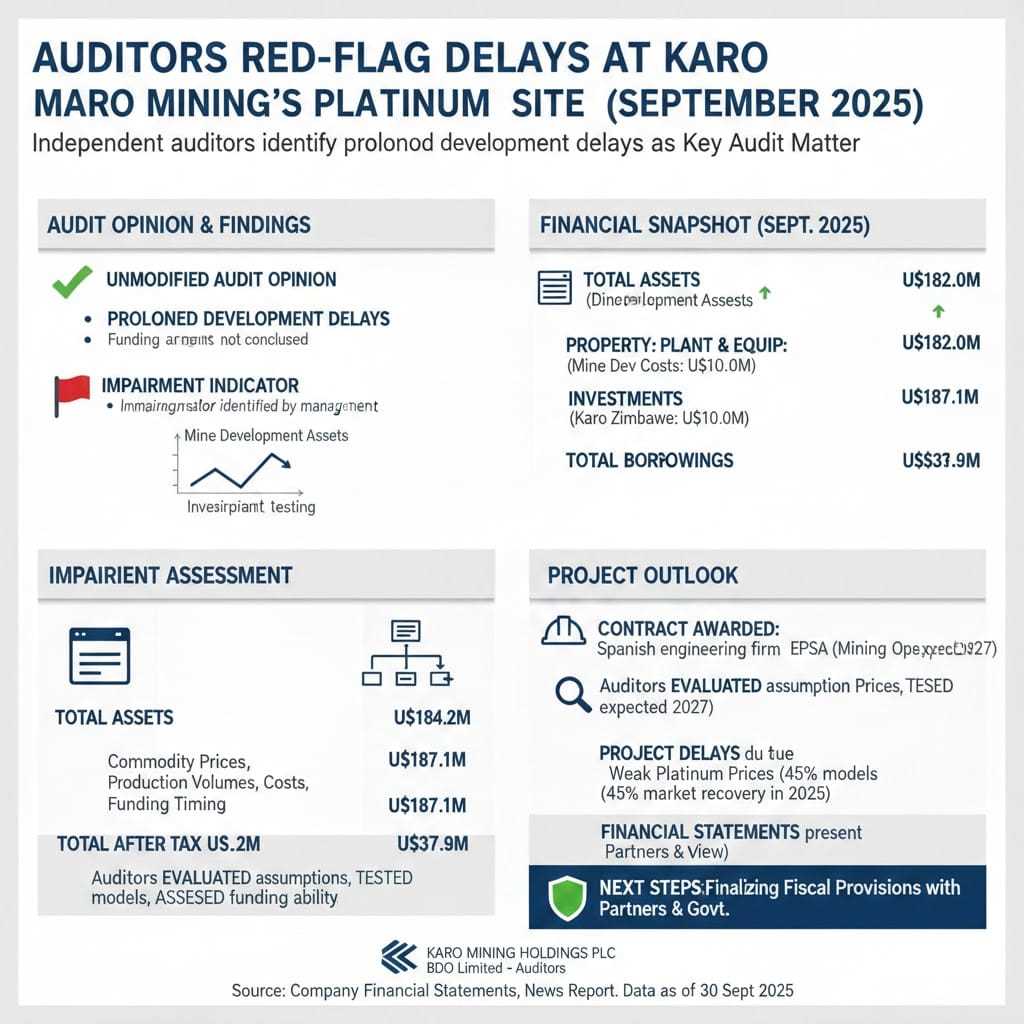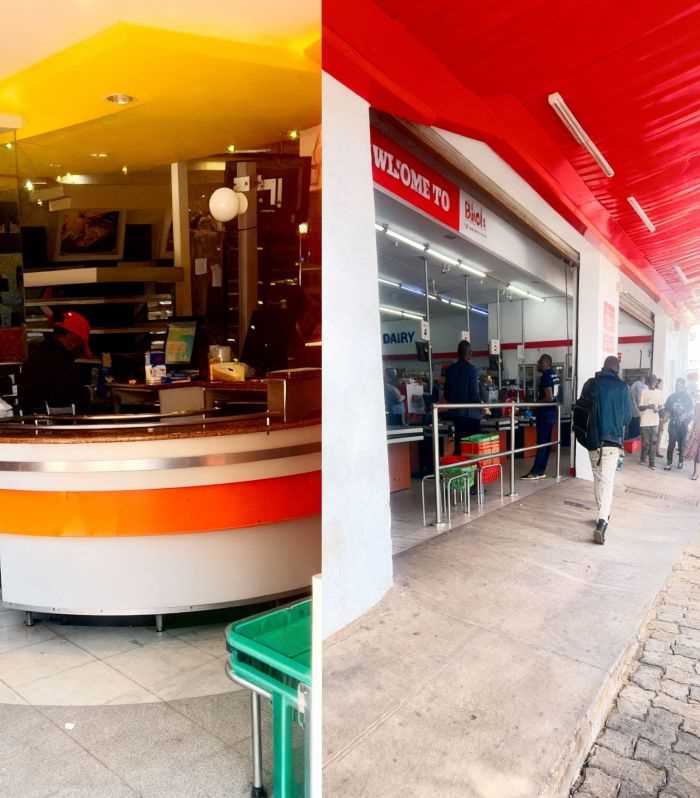
Philemon Jambaya
Beneath the vibrant pulse of Zimbabwe, a chilling shadow creeps, the insidious grip of drug abuse ensnaring its young people.
In the sun-baked alleys and choked streets of the “ghettos”, a nefarious trade thrives, peddling a devastating reality for a generation teetering on the edge.
At the heart of this storm lies a toxic trinity: mutoriro (crystal meth), mbanje (marijuana), and skanky (a potent synthetic marijuana). These substances, each more venomous than the last, are warping lives and stealing futures.
The icy grip of crystal meth, known locally as mutoriro, leaves a trail of shattered minds and vacant eyes. Its affordability, often packaged in candy wrappers and sold for mere pittances, makes it tragically accessible to even the most vulnerable youth.
In the desolate backstreets, teenagers huddle in hushed circles, chasing the fleeting dragon of euphoria, a temporary escape from the gnawing pangs of poverty and despair.
Taurai Mandaza, a 21-year-old with dreams once as bright as the Zimbabwean sun, now wanders the streets, a hollow shell of his former self.
He started with mbanje, seeking solace in its hazy embrace after he finished his A levels and failed to get money to go to the university and started spending much of his time in the ghetto. But mutoriro, whispered as a potent shortcut to escape his bleak reality, quickly ensnared him. Now, his days are a blur of paranoia and hallucinations, his future as blurry as his vacant eyes.

Mbanje, marijuana, once seen as a harmless indulgence, has taken on a darker shade. Skanky mbanje, a synthetic concoction laced with harmful chemicals, is rapidly replacing its natural counterpart. With its heightened potency and addictive properties, it leaves users reeling in a haze of disorientation and paranoia.
In classrooms, once sanctuaries of learning, the spectre of skanky mbanje now lingers. Bright-eyed students slump over desks, minds lost in a chemical fog, their potential dimmed by the synthetic haze. Nosizi, a bright young girl with dreams of becoming a doctor, now struggles to remember simple formulas, her once-sharp mind dulled by the synthetic weed. The whispers of dealers echo even within the school walls, preying on vulnerable minds like hers.
Recently, prominent Zim Dancehall chanter Seh Calaz called authorities to swiftly act on drug peddling and drug abuse
“Government needs to step up, just saying on television, radio, speeches, social media and song is not enough and we all know that. Stop these things,” Seh Calaz posted on social media.
The musician added that musicians, producers, fans, disc jockeys, bloggers and both the young and old are abusing drugs. He also noted that even civil servants are abusing crystal meth, popularly known as dombo in street lingo.
Related Stories
“We know who sells them (drugs) and where they sell it. Mutoriro is now a pandemic,” he added in his social media post.
How do these venomous serpents slither into the heart of Zimbabwe's youth? The answer lies in a complex web of poverty, unemployment, and a broken social fabric. The economic hardships that plague the nation leave many young people feeling hopeless and adrift. In this fertile ground, drug dealers sow their seeds, promising an escape from reality, a fabricated happiness in a crystal pipe or a synthetic puff.

Schools, once havens, become hunting grounds as corrupt officials and weak security measures allow dealers to infiltrate these sacred spaces, preying on vulnerable minds. In the crowded streets of the ghettos, dealers operate with impunity, their whispers weaving a seductive web that catches unsuspecting youth in its sticky threads.
Samuel Chiraswa, a social commentator, to break believes that to break the chain of drug abuse needs a prolonged approach
“To truly break the chains of this epidemic, a multi-pronged approach is crucial. Firstly, strengthening economic opportunities can offer youth a more hopeful horizon, a reason to shun the darkness and embrace a brighter future. Government initiatives such as vocational training programmes and small business loans can empower young people to build livelihoods and escape the lure of the drug trade,” Chiraswa said.
Melisa Mtetwa believes that there is a need to educate young people and do awareness programmes to equip young people with knowledge to resist drugs
“Investing in education and awareness programs can equip young people with the knowledge and tools to resist the allure of drugs.
“Interactive workshops, peer-to-peer support groups, and engaging campaigns can dispel myths, expose the dangers of addiction, and foster a culture of resilience,” she said.
Mtetwa added that fortifying communities through social support networks can provide a vital safety net, a hand to pull them back from the brink. Community centres, faith-based groups, and mentorship programmes can offer a sense of belonging, positive role models, and access to mental health resources.
Parents, guardians and the community at large called for a firm hand against the drug trade is essential.
“Law enforcement must be empowered and equipped to dismantle these illicit networks, bringing dealers to justice and safeguarding the innocence of Zimbabwe’s future generation. Increased patrols, community policing initiatives, and harsher penalties for drug trafficking can send a strong message of zero tolerance,” said a parent from Highfields only identified as Learnmore.
Mandaza’s story doesn't have to be Zimbabwe’s future. By prioritising economic opportunity, education, community support, and strong law enforcement, Zimbabwe can reclaim its streets and the minds of its youth. Together, through a unified effort of social responsibility, economic opportunity, and unwavering determination, Zimbabwe can break the chains of addiction and reclaim its future, one young life at a time.



















Leave Comments